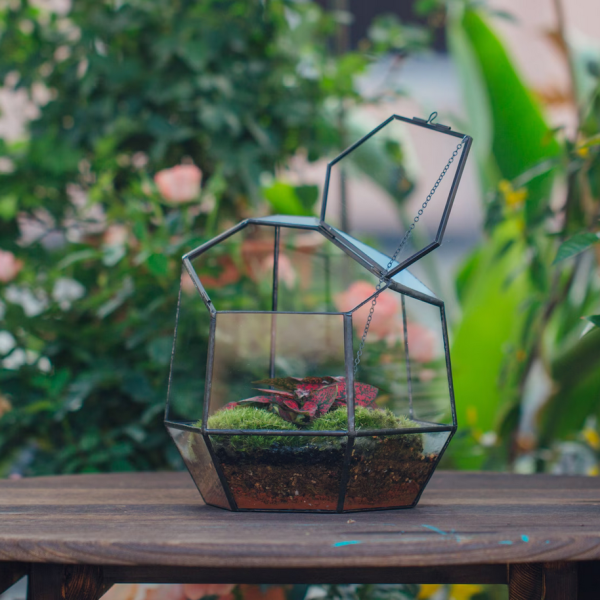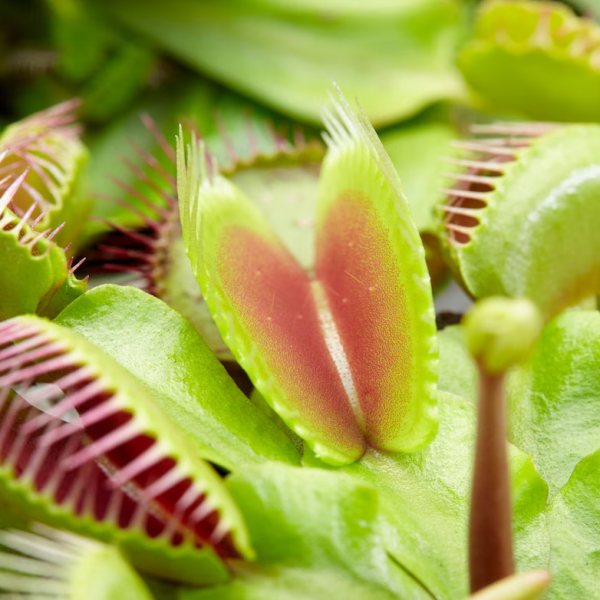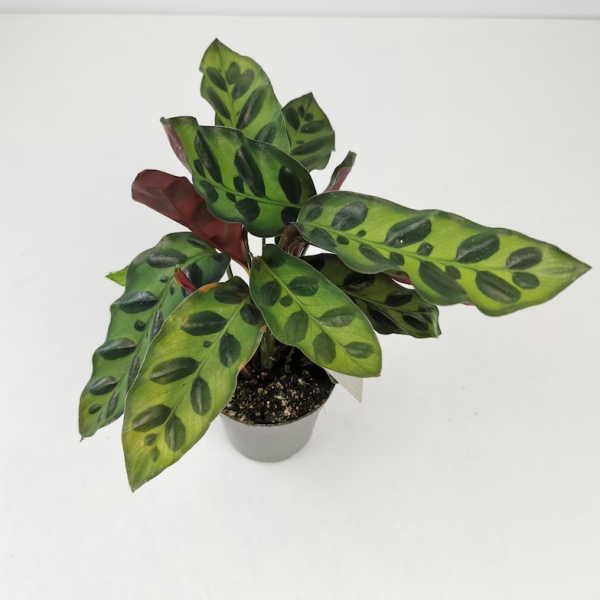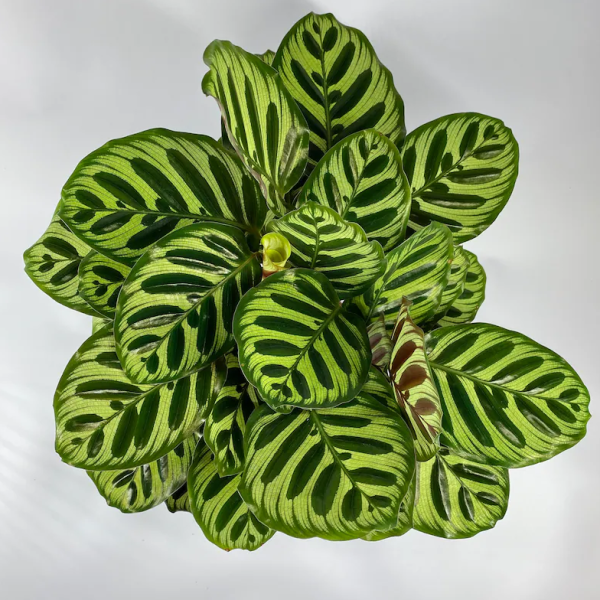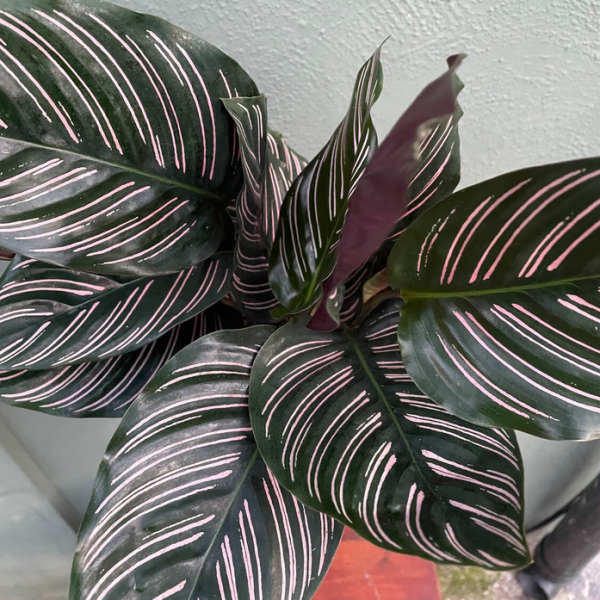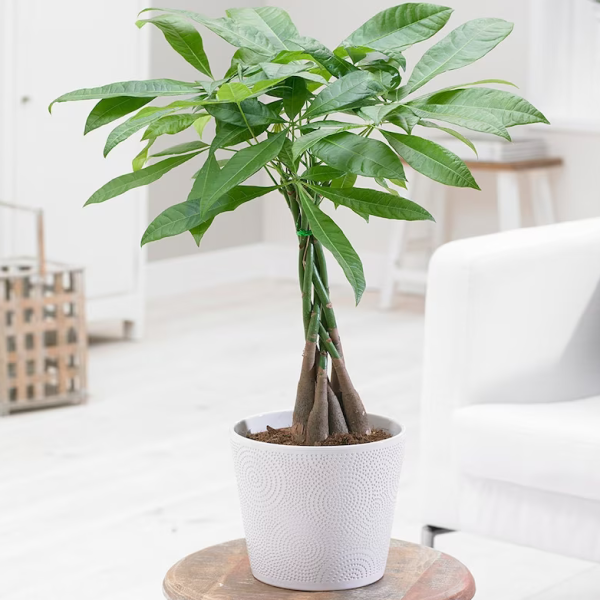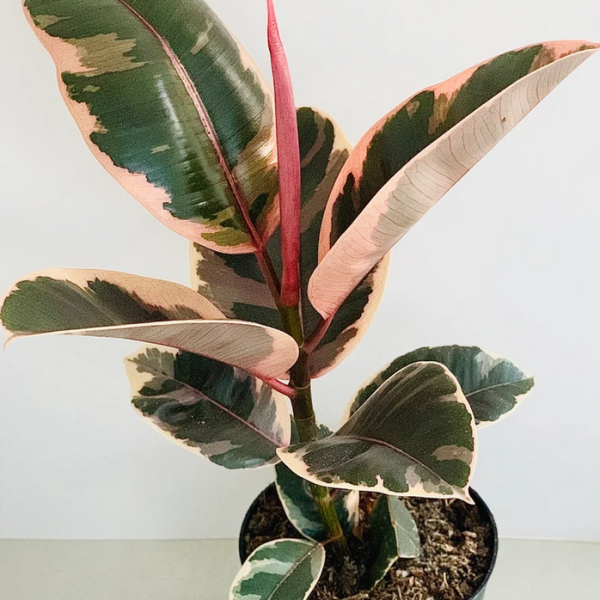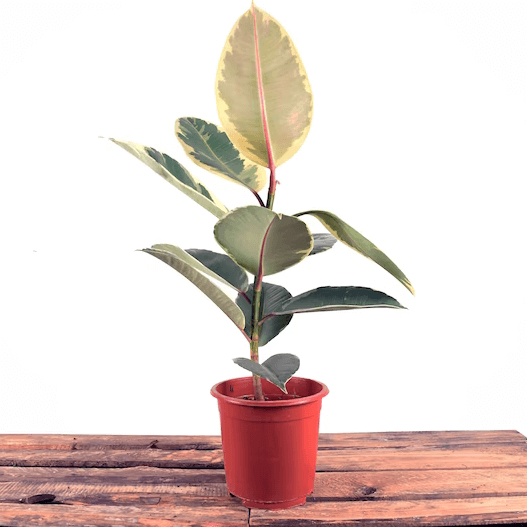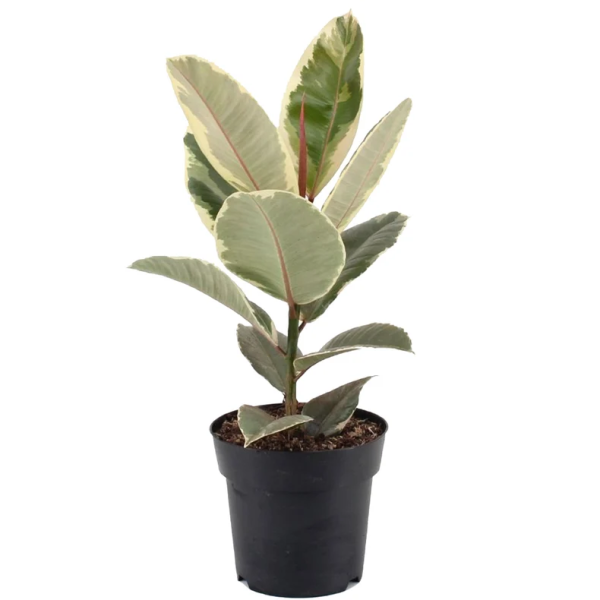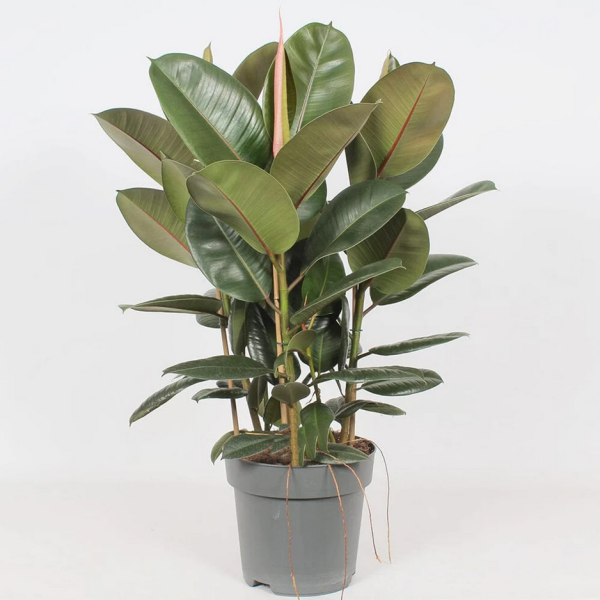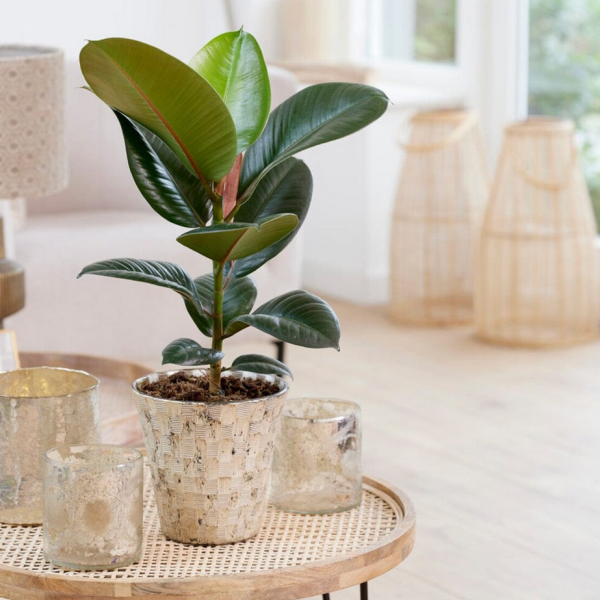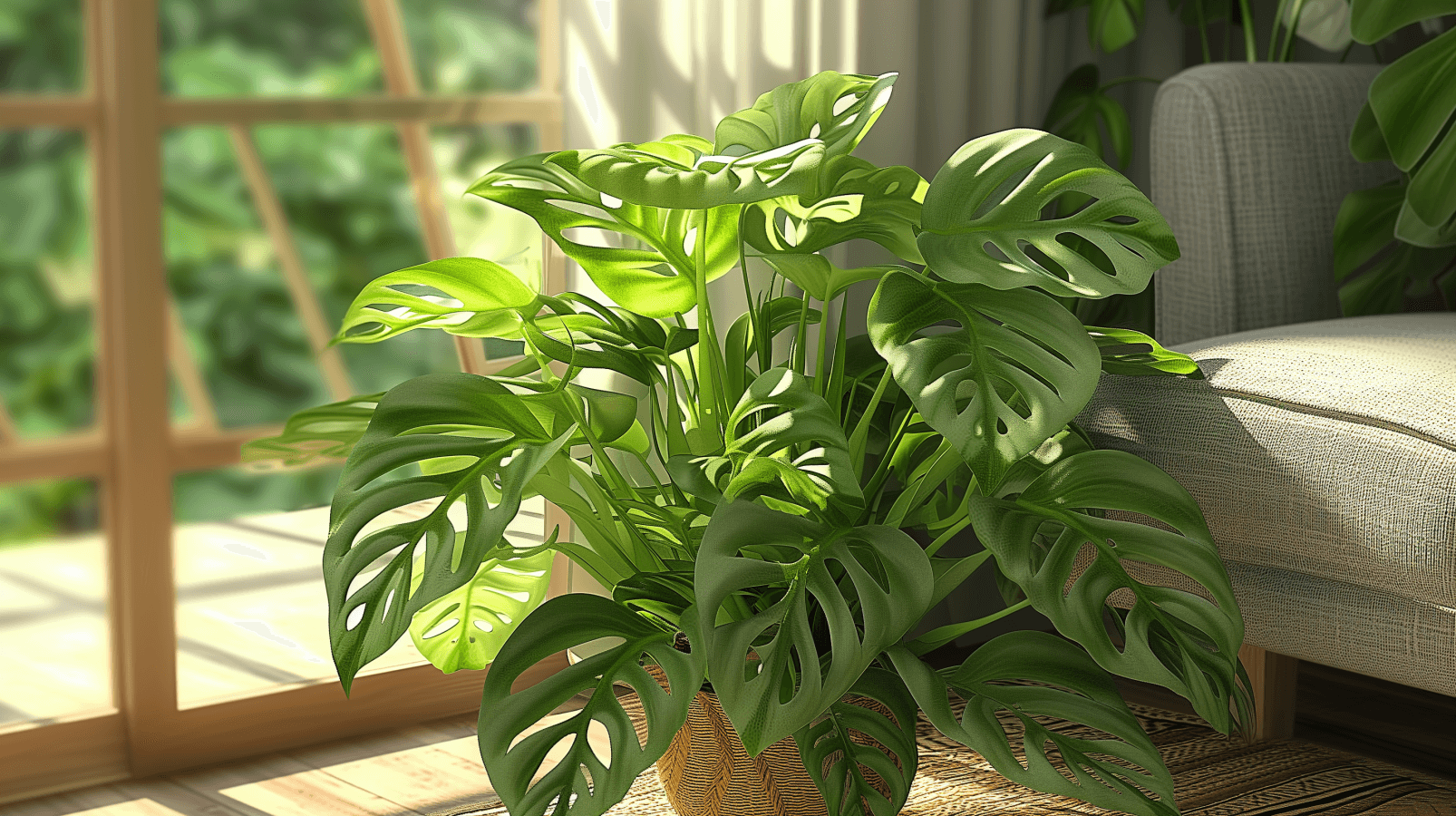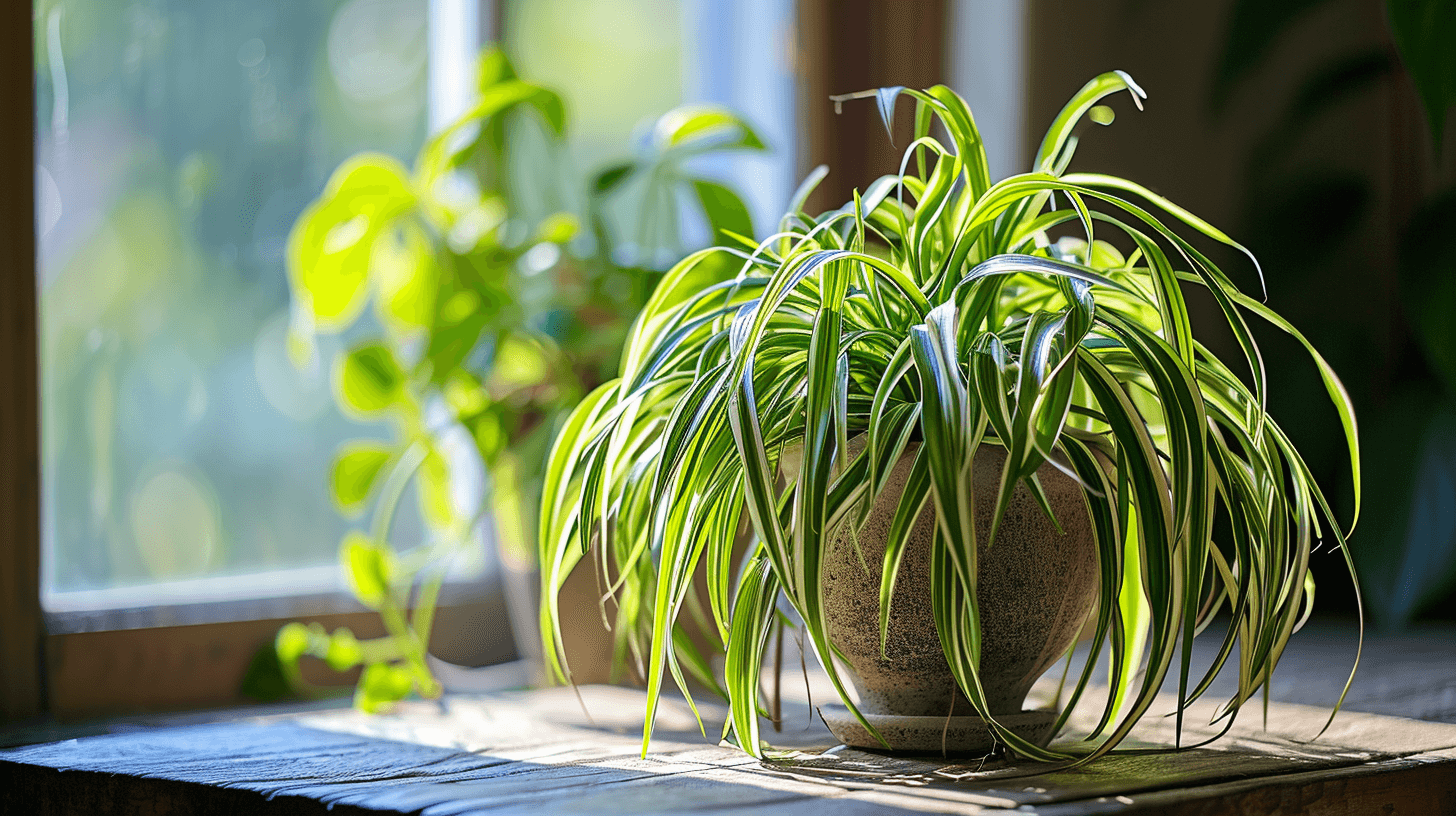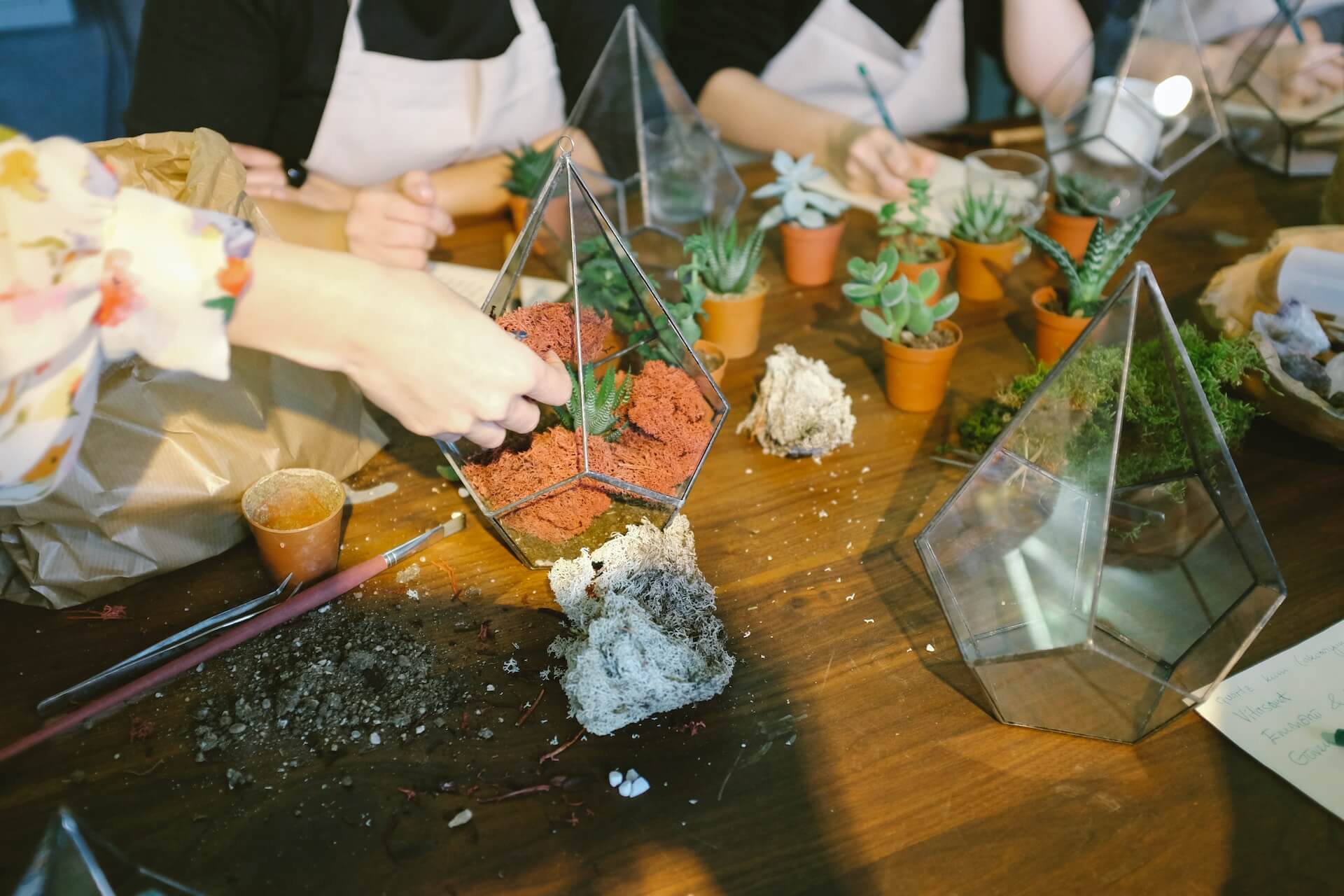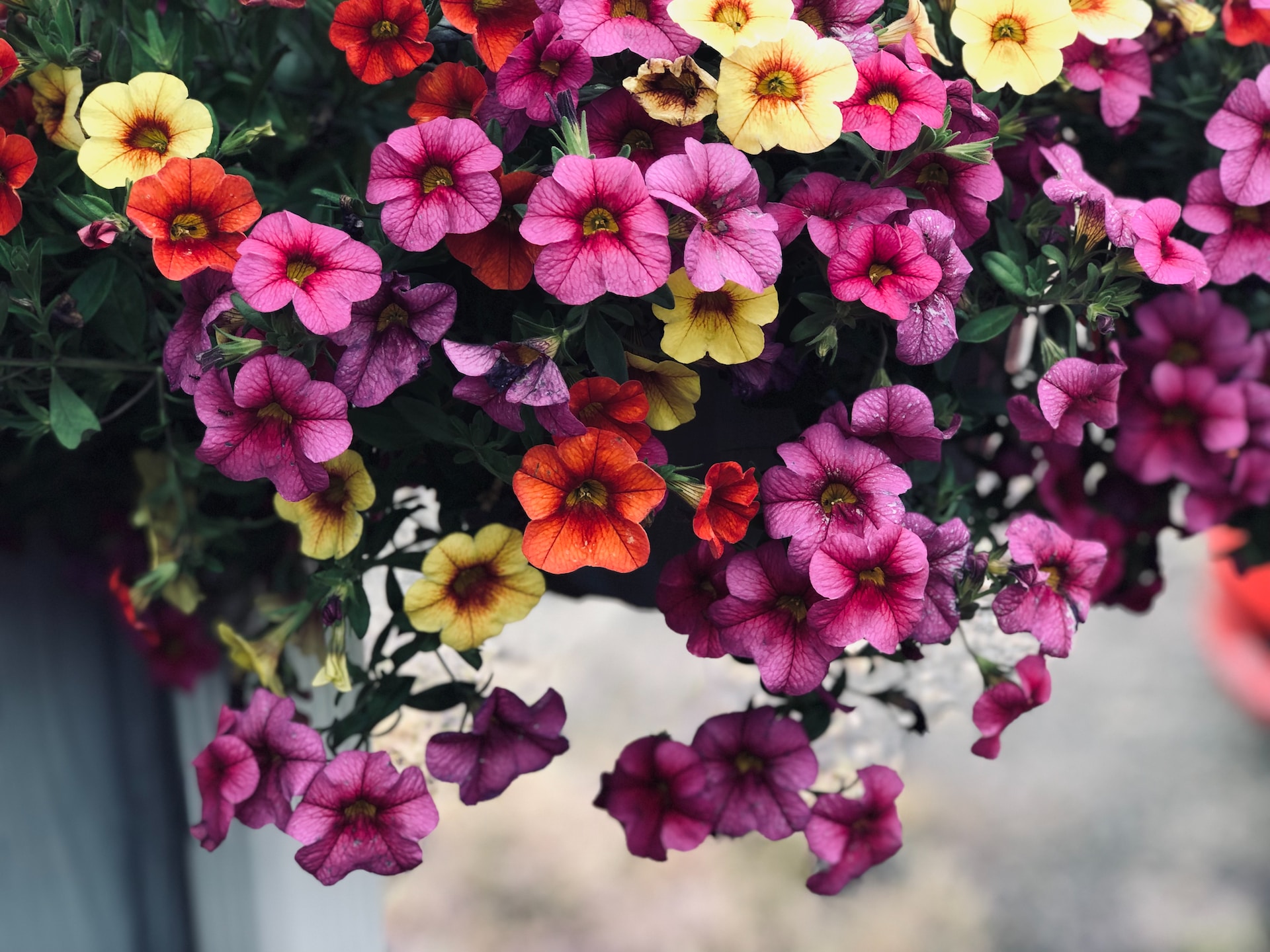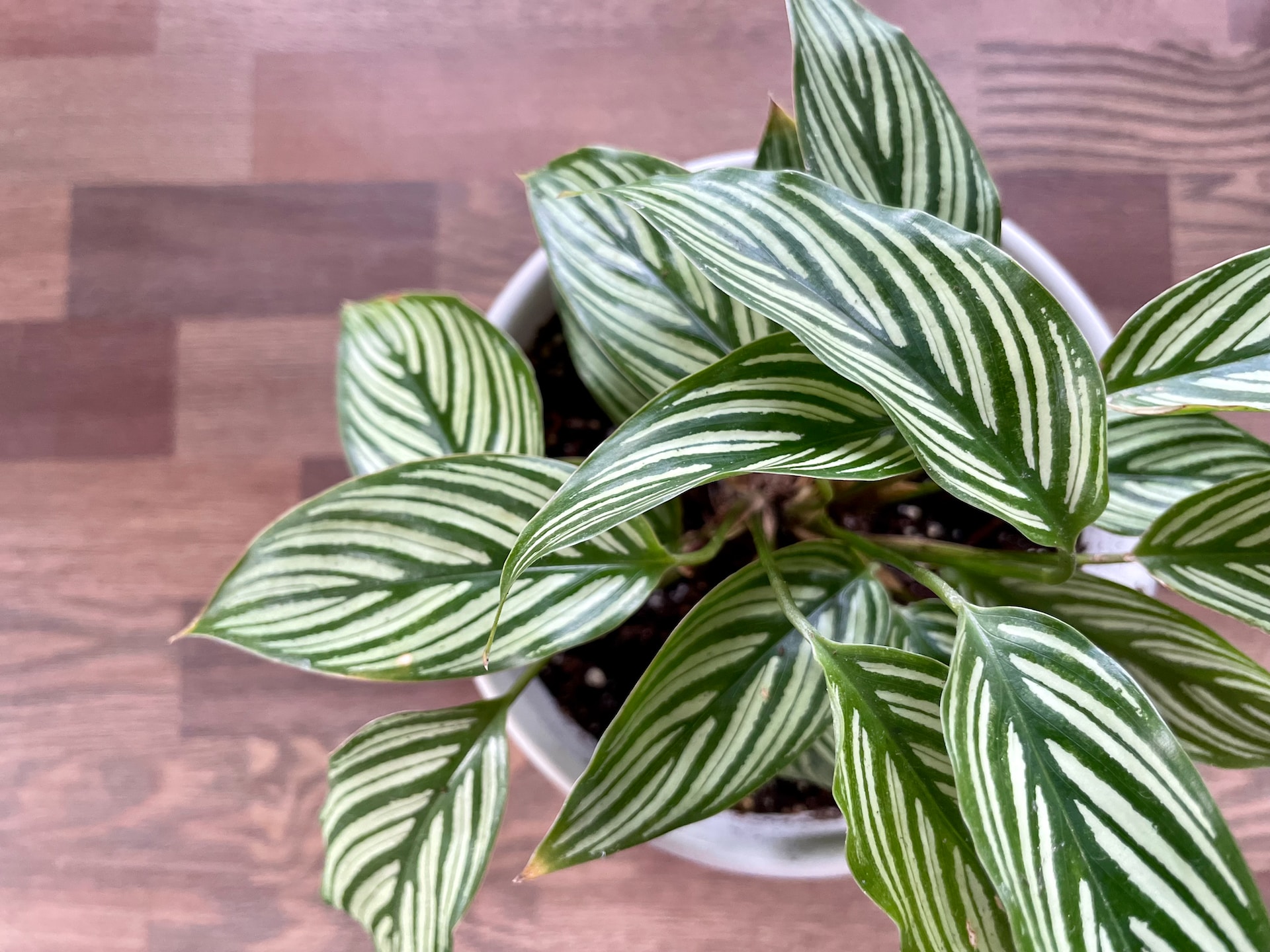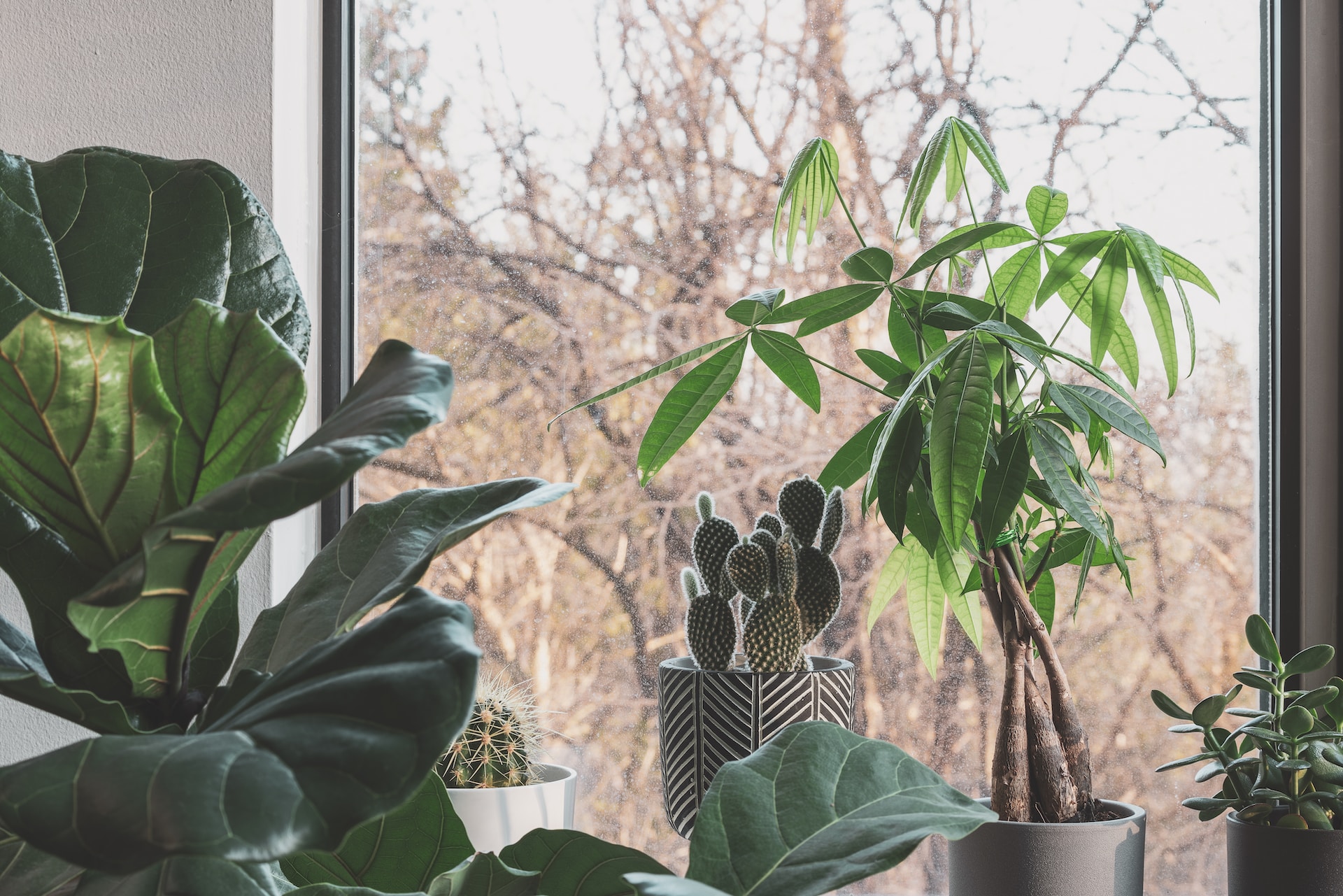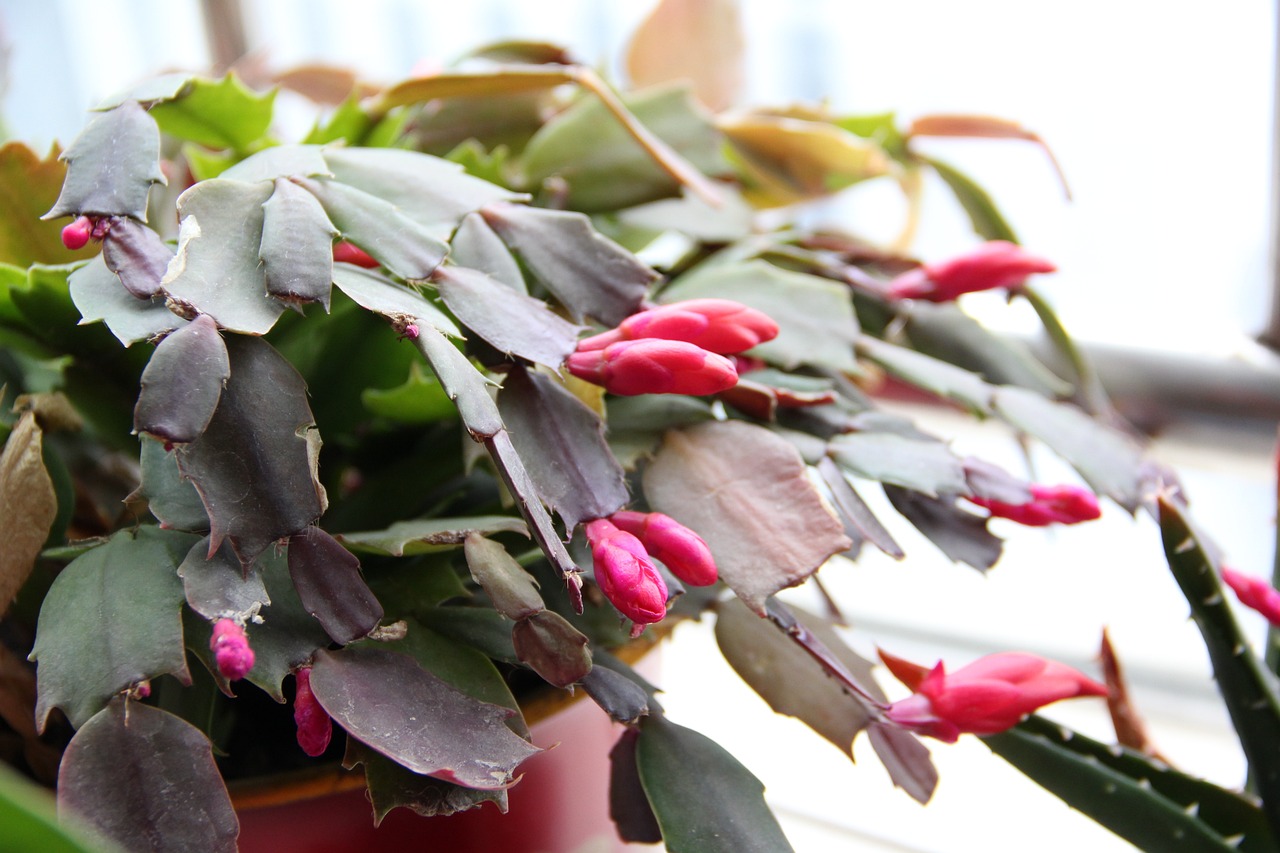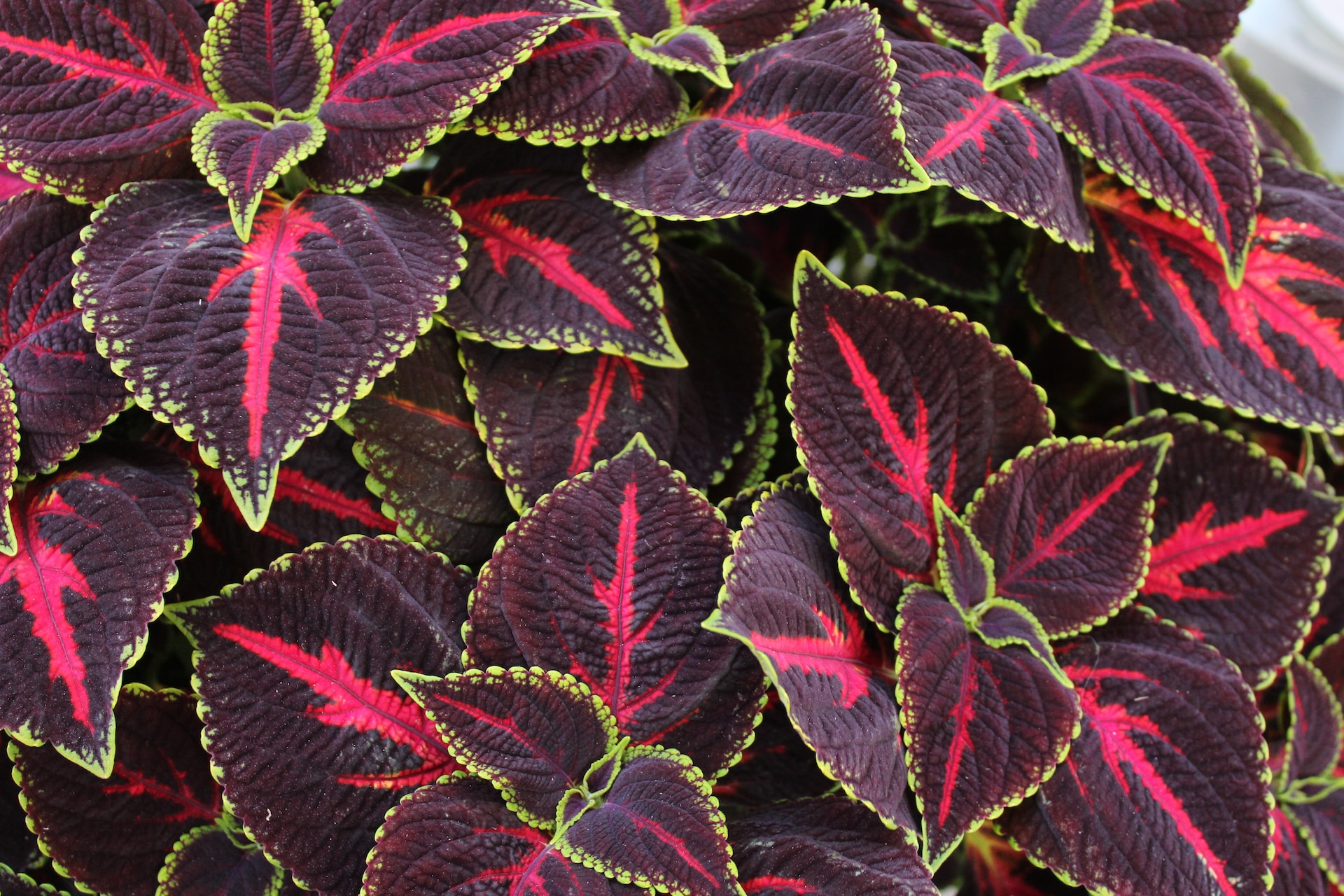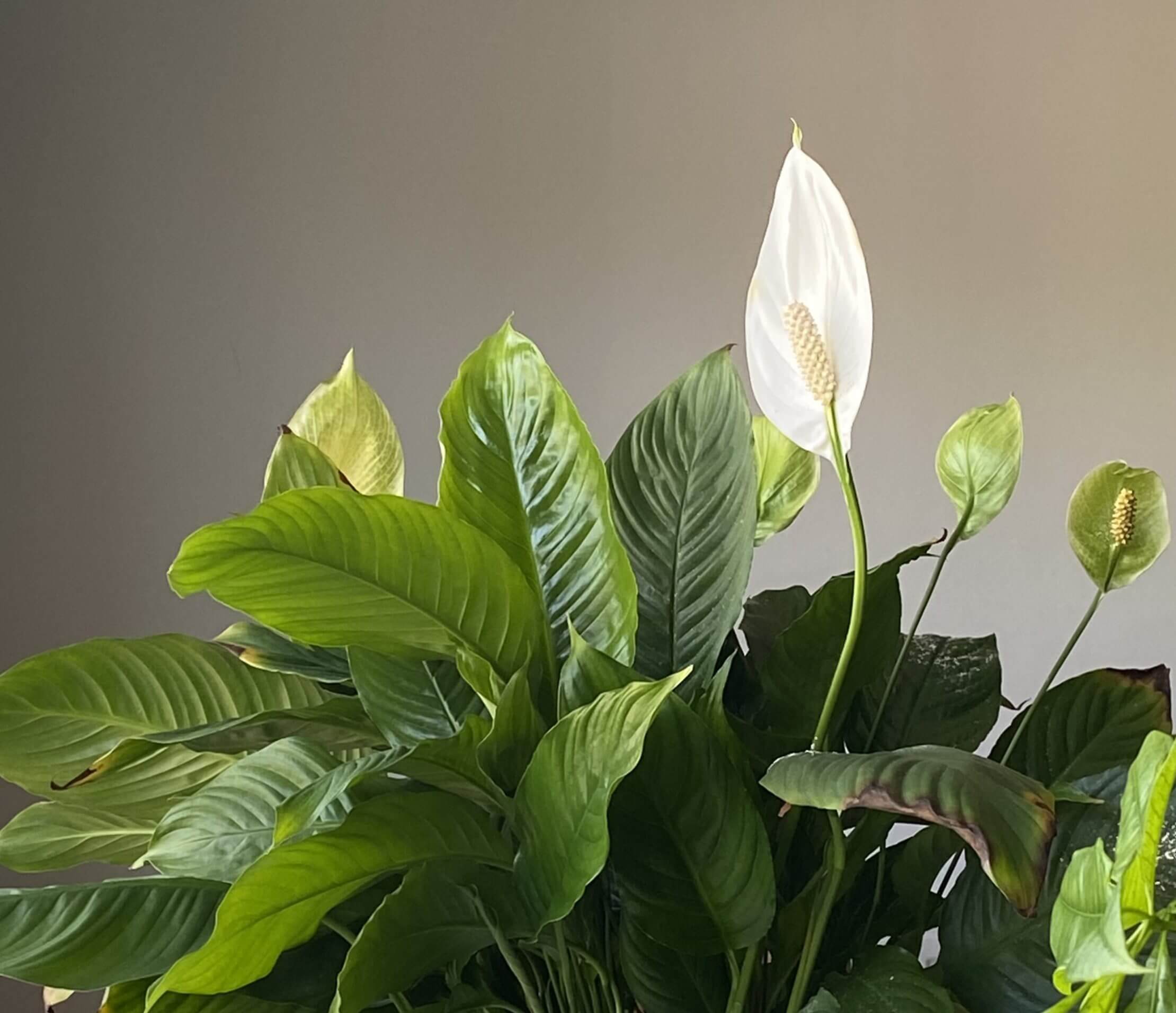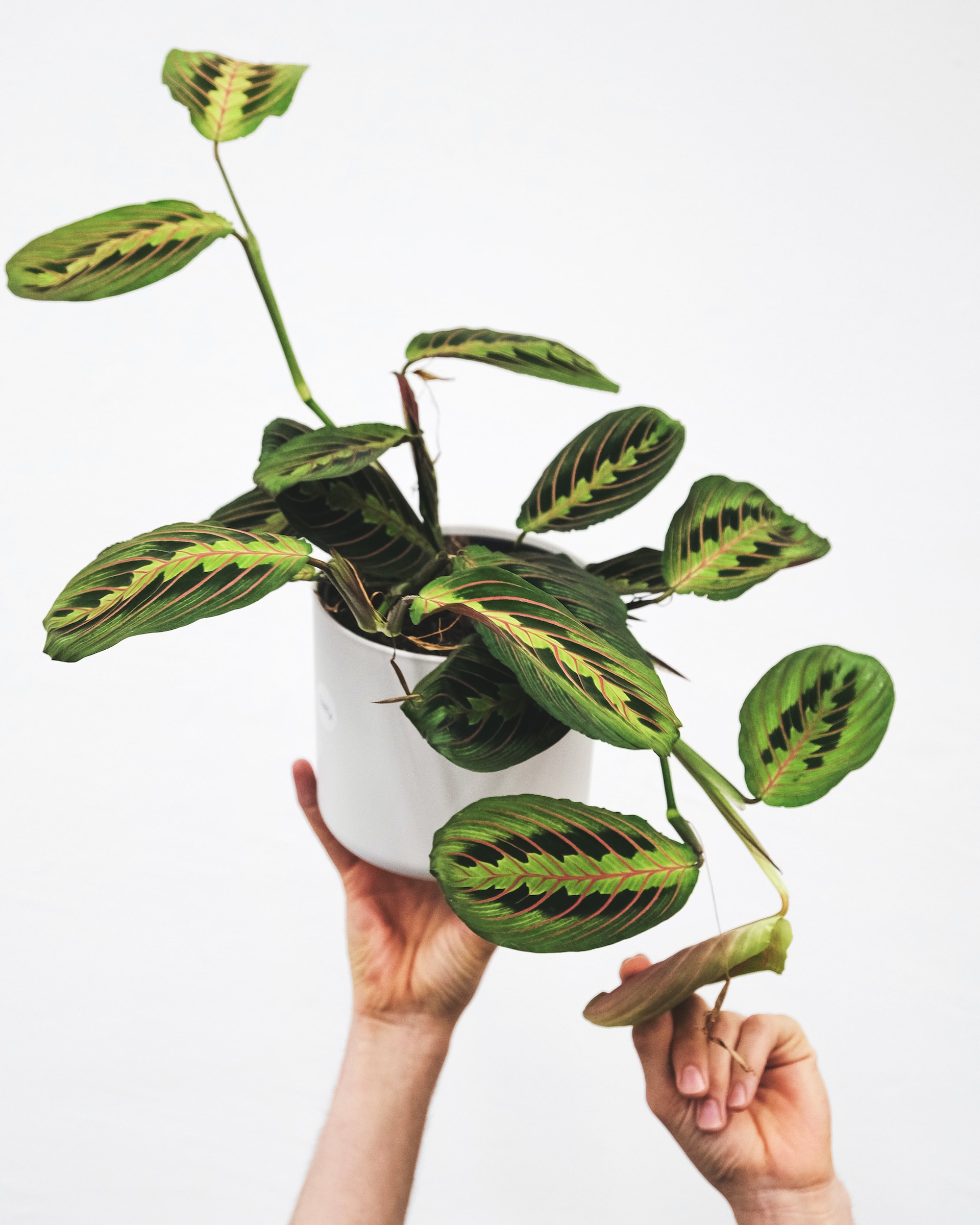
Prayer plant, also known as Maranta leuconeura, is a popular houseplant known for its vibrant foliage and unique leaf movements. If you’re looking to expand your collection or share the beauty of these plants with others, propagating them is a great option. In this blog post, we’ll explore the step-by-step process of propagating prayer plants, including tips for success.
Maranta Leuconeura
Fascinator Tricolour Houseplant (Prayer Plant)
in 12cm pot
by theplantboxUK
Propagation via Stem Cuttings
- Select the Ideal Stem:
- Choose a healthy stem from the parent plant for propagation.
- Look for a stem with at least two or three nodes, as these are key for root development.
- Prepare the Stem Cutting:
- Using a sterile knife or cutting tool, make a clean cut just below the first node of the selected stem.
- Ensure the cutting has a sufficient length, typically around 4-6 inches.
- Remove Excessive Leaves and Flowers:
- Trim away any excess leaves, especially those close to the lower end of the stem.
- Remove any flowers present on the stem, as they can divert energy from root development.
- Propagation Medium:
- Choose your preferred propagation method: water or potting soil.
- Water Propagation: Place the stem cutting in a jar or vase filled with filtered water, ensuring that the lower nodes are submerged while the upper leaves remain above water.
- Soil Propagation: Dip the lower end of the stem cutting in rooting hormone (optional), then plant it in a well-draining potting soil mixture. Ensure the node is buried in the soil.
- Care and Maintenance:
- Maintain a consistently moist environment, whether in water or soil propagation.
- Mist the leaves regularly to provide adequate humidity for the developing cutting.
- Place the cutting in a warm, well-lit area away from direct sunlight to avoid excessive heat or light stress.
- Root Development and Transplanting:
- In water propagation, roots should start to develop within a few weeks. Once they reach a substantial length (around 1-2 inches), you can transplant the cutting into a pot.
- In soil propagation, roots may take longer to develop. To check for root growth, gently tug on the cutting after a few weeks. If you feel resistance, roots have likely formed.

Potting and Care for Established Prayer Plants:
- Once the cutting has developed roots, carefully transplant it into a larger pot with good drainage holes.
- Use a well-draining potting soil mixture suitable for tropical plants.
- Place the potted prayer plant in a warm, brightly lit area with indirect sunlight.
- Water the plant when the top inch of soil feels dry, ensuring not to overwater.
- Regular misting will help maintain the desired humidity level.
Propagating prayer plants is a rewarding experience that allows you to expand your collection or share these beautiful plants with others. Whether you choose water propagation or potting soil, providing the right conditions and care will help your prayer plant cuttings thrive. Remember to be patient and enjoy the process as you witness new growth and the development of a flourishing prayer plant.
** This post may contain affiliate links. This means that if you make a purchase through these links, I may earn a commission at no additional cost to you. I only recommend products or services that I would personally use and believe will add value to my readers. Thank you for your support!
Related Products from our Online Shop:
-
Close Geometric Glass Terrarium
£37.24 -
Venus Fly Trap (Carnivorous Dionea)
£13.99 -
Calathea Lancifolia Insignis Rattlesnake Houseplant
£5.50 -
Calathea Makoyana Houseplant
£5.50 -
Calathea Sanderiana Ornata
£7.95 -
Money Tree Pachira Aquatica Plant Braided Stem
£16.99 -
Ficus Elastica ‘Belize’ – Red Variegated Rubber Plant
£10.00 -
Elastica Tineke Rubber Plant
£12.50 -
Ficus Tineke Rubber Plant 30-40cm
£12.99 -
Ficus Robusta 3 Stem Rubber Plant 90 – 110cm
£49.99 -
Ficus Robusta Rubber Plant 30 – 45cm
£12.99


